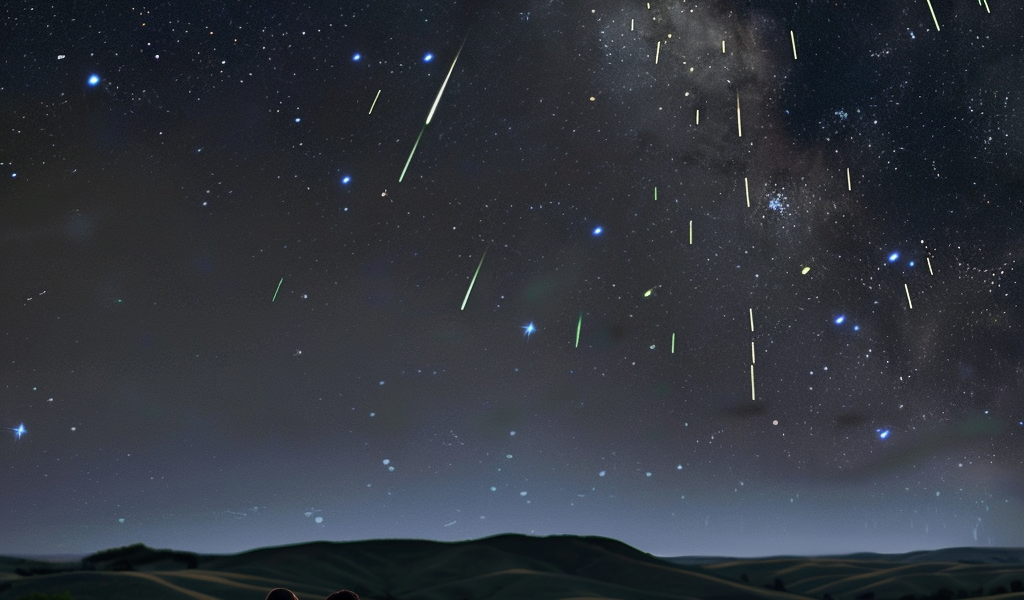As the celestial dance continues above, stargazers are preparing for one of the most anticipated astronomical events of the year: the Leonids meteor shower. This annual spectacle, known for its breathtaking displays of shooting stars, is set to reach its peak on the night of November 16 to 17, 2024. The Leonids have been active since November 6 and will remain visible until the end of the month, providing ample opportunity for enthusiasts to catch a glimpse of these cosmic wonders.
The Leonids are particularly renowned for their speed, with meteors traveling at an astonishing 44 miles per second. These meteors, which originate from the debris of the comet Tempel-Tuttle, are characterized by their bright streaks and long tails, making them a spectacular sight against the night sky. Stargazers across both the Northern and Southern Hemispheres will have the chance to witness this incredible event, as the meteors will be visible in the constellation Leo.
However, this year presents a unique challenge for those hoping to observe the meteor shower. A nearly full moon will light up the night sky, potentially obscuring the visibility of the meteors. Despite this, dedicated astronomy fans are encouraged to find dark locations away from city lights to enhance their chances of spotting these fast-moving celestial bodies.
To optimize your meteor-watching experience, consider using a meteor activity meter that tracks real-time fireball activity. This tool, which uses data from the Global Meteor Network, can help you identify the best times to look up at the sky during the shower.
Meteor showers like the Leonids occur when Earth passes through debris left behind by comets or asteroids. As these tiny particles—often no larger than a grain of sand—enter our atmosphere, they burn up and create the stunning light displays we see as meteors. The Leonids are particularly special because they occur around the same time each year, typically peaking in mid-November, making them a reliable event for skywatchers.
While the Leonids can produce a high number of meteors, the peak period is when Earth encounters the densest part of the debris trail. This is the optimal time to look for meteors, as the frequency of sightings can significantly increase. Knowing when to watch can make all the difference in experiencing this natural phenomenon.
For those eager to watch the Leonids meteor shower, here are some tips to enhance your viewing experience:
- Find a Dark Location: Escape city lights and seek out areas with minimal light pollution to improve visibility.
- Check the Weather: Clear skies are essential for optimal viewing, so keep an eye on the local weather forecast.
- Be Patient: Allow your eyes to adjust to the darkness, as it can take 20-30 minutes to fully adapt.
- Bring Comfort Items: Consider bringing a blanket or reclining chair for a more comfortable viewing experience.
- Invite Friends: Watching meteor showers can be a fun group activity, so gather friends or family to share the experience.
As the Leonids meteor shower approaches, excitement builds among astronomy enthusiasts and casual observers alike. Whether you are an experienced stargazer or a newcomer to the wonders of the night sky, the Leonids offer a captivating opportunity to connect with the cosmos. So mark your calendars for the peak nights and prepare to be amazed by the beauty of these fleeting celestial phenomena.





